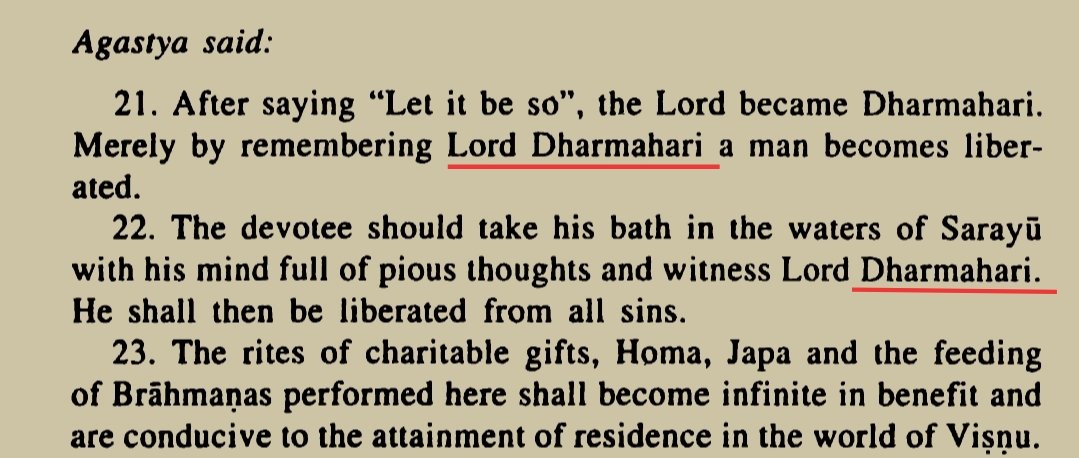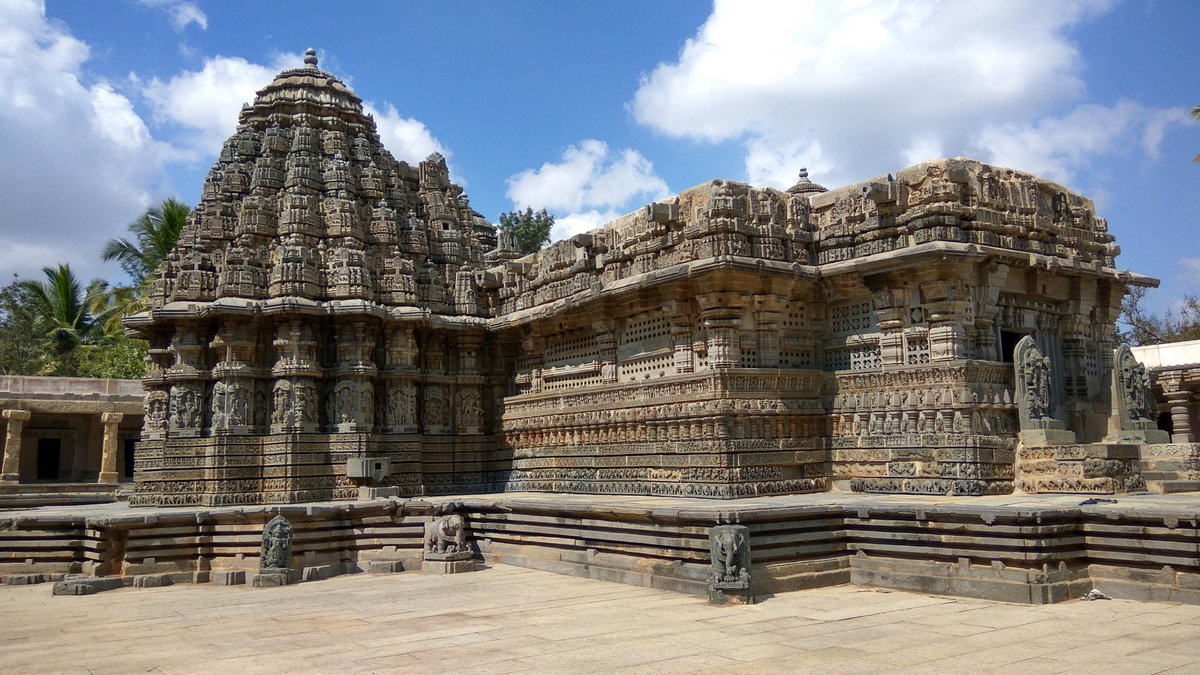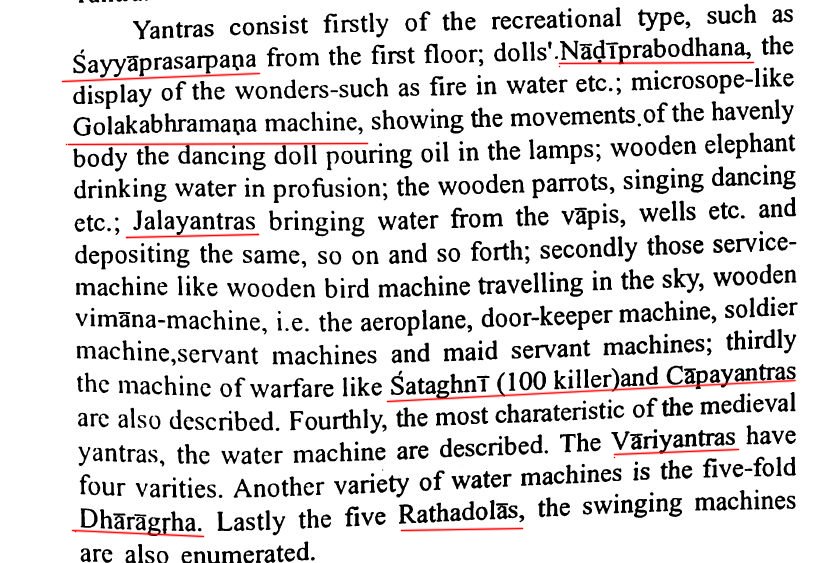Description of the Rama Janmabhoomi from the Ayodhya Mahatmya in the Vaishnavakhanda of the Skandapurana.
Sage Agastya describes to sage Vasishtha the exact location of the birth place of Shri Rama in Ayodhya.
This was part of evidence submitted & accepted by the court.
Sage Agastya describes to sage Vasishtha the exact location of the birth place of Shri Rama in Ayodhya.
This was part of evidence submitted & accepted by the court.

Agastya muni describes the benefits reaped by having a darshana of Lord Rama at his birth place on a Navami. He says it is a sure way to attain Moksha & the punya accrued from going on a teertha to the Rama Janmabhoomi is equivalent of doing 1000's of Gau-dhana. 

The Janmabhoomi teertha is praised & extolled to the hilt by sage Agastya as he further describes the benefits to be reaped by having a Darshana there. From the description one can imagine the significance of this spot for Hindus for millenias. 

The Puranas, especially the Skandapurana gives us a wealth of priceless information on many of our Teerthas all across Bharat. Some of these Teerthas, especially in the north are under turushka occupation. Skandapurana describes the Gyanvapi teertha too.
https://twitter.com/_ugra_/status/1299357011692326912?s=19
Apart from the Temple at the Janmabhoomi, there were 4 other prominent Vishnu teerthas in Ayodhya mentioned in the Skandapurana.
1)Harismrti(Guptahari) at Gopratara ghat.
2)Vishnuhari at Chakratirta.
3)Chandrahari on the west side of Swargadwara ghat.
4)Dharmahari on east side
1)Harismrti(Guptahari) at Gopratara ghat.
2)Vishnuhari at Chakratirta.
3)Chandrahari on the west side of Swargadwara ghat.
4)Dharmahari on east side
Agastya describes the features of the murthi of Vishnu Hari at Chakratirta & the benefits to be had by taking the holy bath at Chakratirta. 

Sage Agastya now describes Chandrahari & the benefits to be had by having a darshana here.
It is also here that the Udyapana ceremony is conducted to mark the conclusion of a Vratha. It is known by the name of Candrasahasrha Vratha.

It is also here that the Udyapana ceremony is conducted to mark the conclusion of a Vratha. It is known by the name of Candrasahasrha Vratha.


Now Agastya describes the 4th & perhaps the most powerful of the 4 Teerthas; Dharmahari. He is described as the destroyer of Paapa in Kali Yuga. 



As mentioned by @Lost_History1, 3 of the 4 Teerthas are currently under turushka occupation. From their description in the Skandapurana, it is apparent that these 4 teerthas were as important as the Janmabhoomi.
https://twitter.com/Lost_History1/status/1309723450198519808?s=19
It would be a travesty if the 4 Vishnu teerthas are not liberated from turushka occupation & restored to their pure & pristine glory of the Puranic days. Reclamation of Janmabhoomi is only a small baby step in this direction. #Harismrti #VishnuHari #CandraHari #DharmaHari
They are all abandoned turushka eyesores. The govt can easily aquire all of them & hand them over to @ShriRamTeerth to start active pujas at each of these Teerthas.
https://twitter.com/_ugra_/status/1193102441203425280?s=19
• • •
Missing some Tweet in this thread? You can try to
force a refresh































